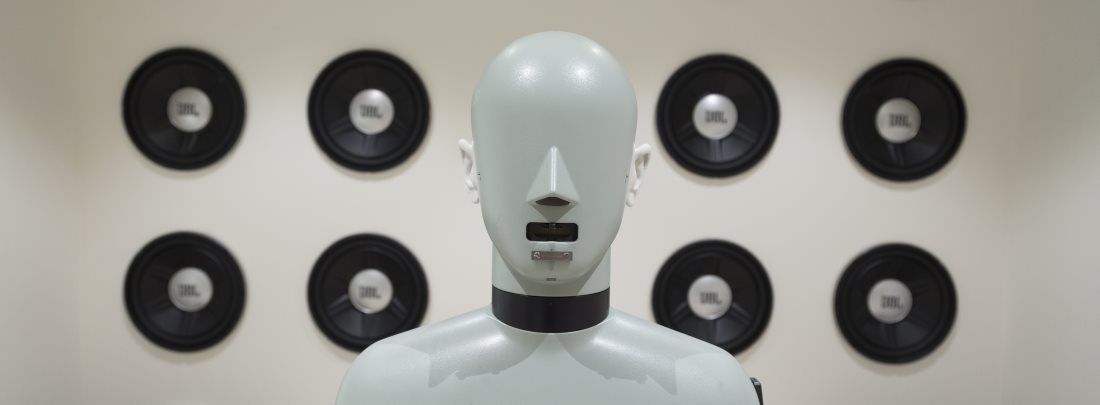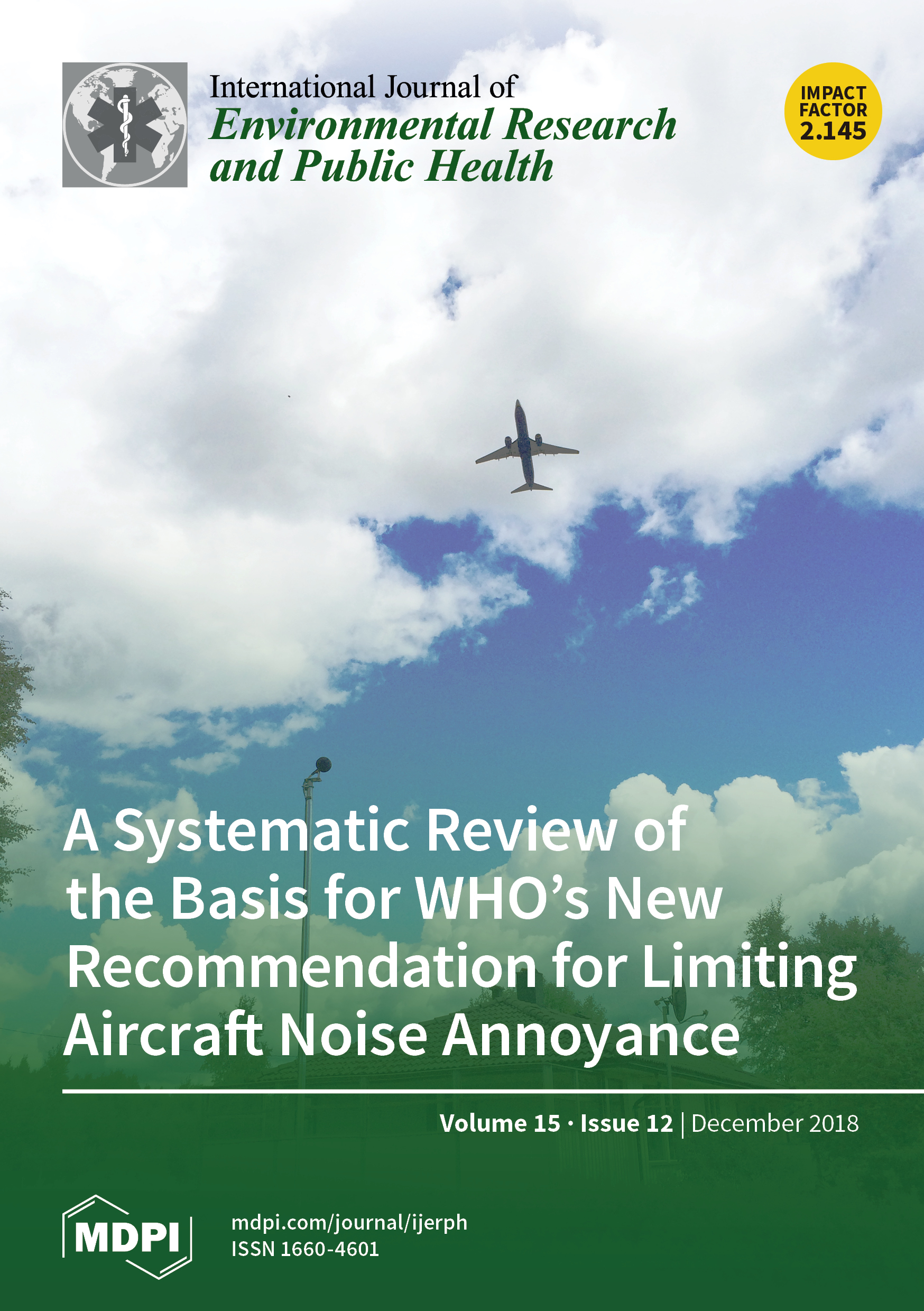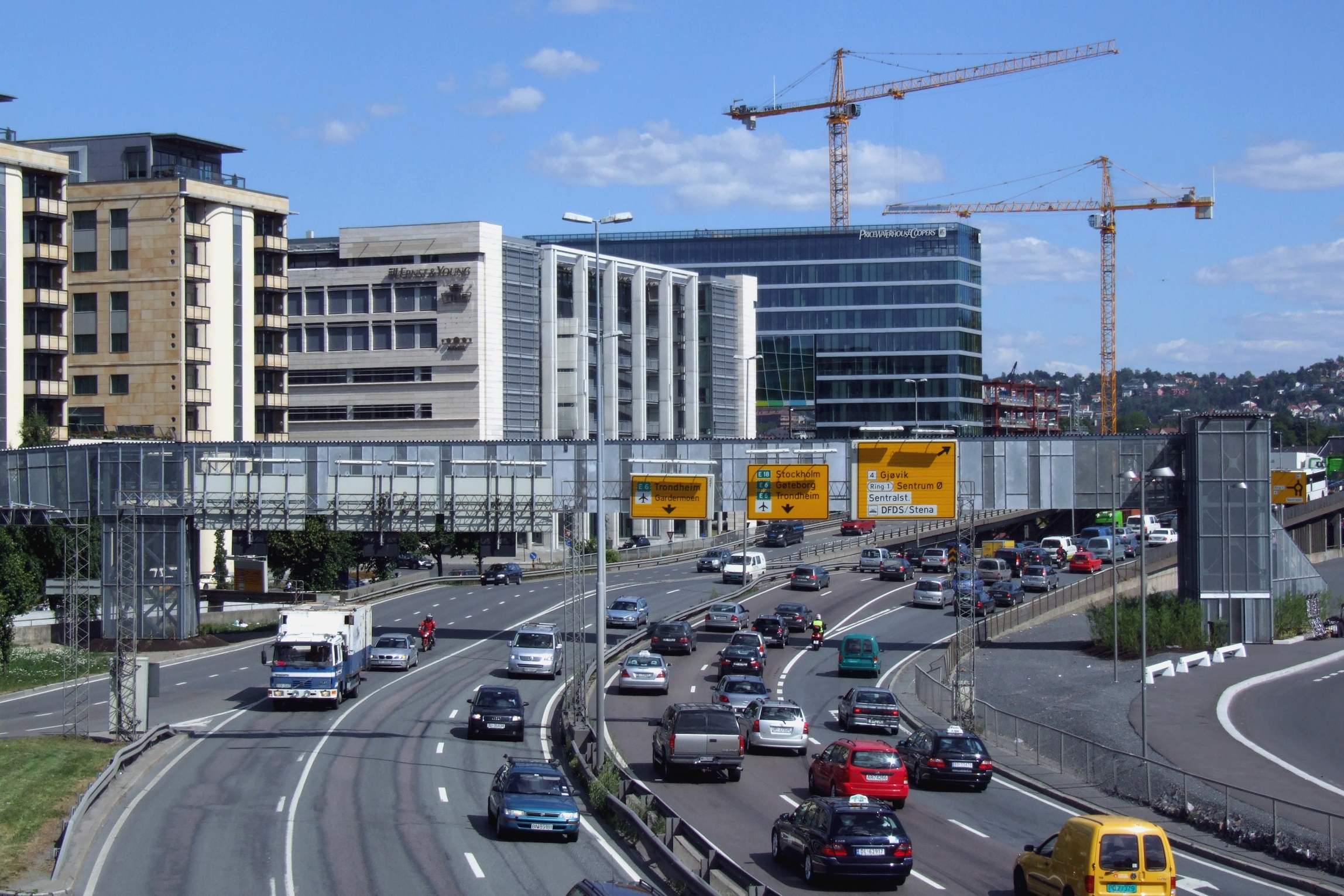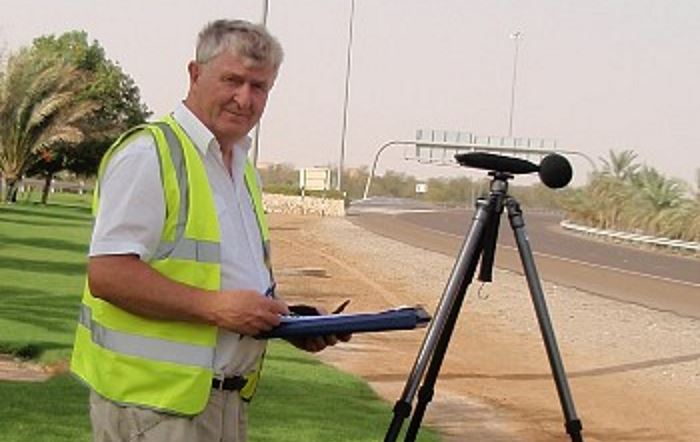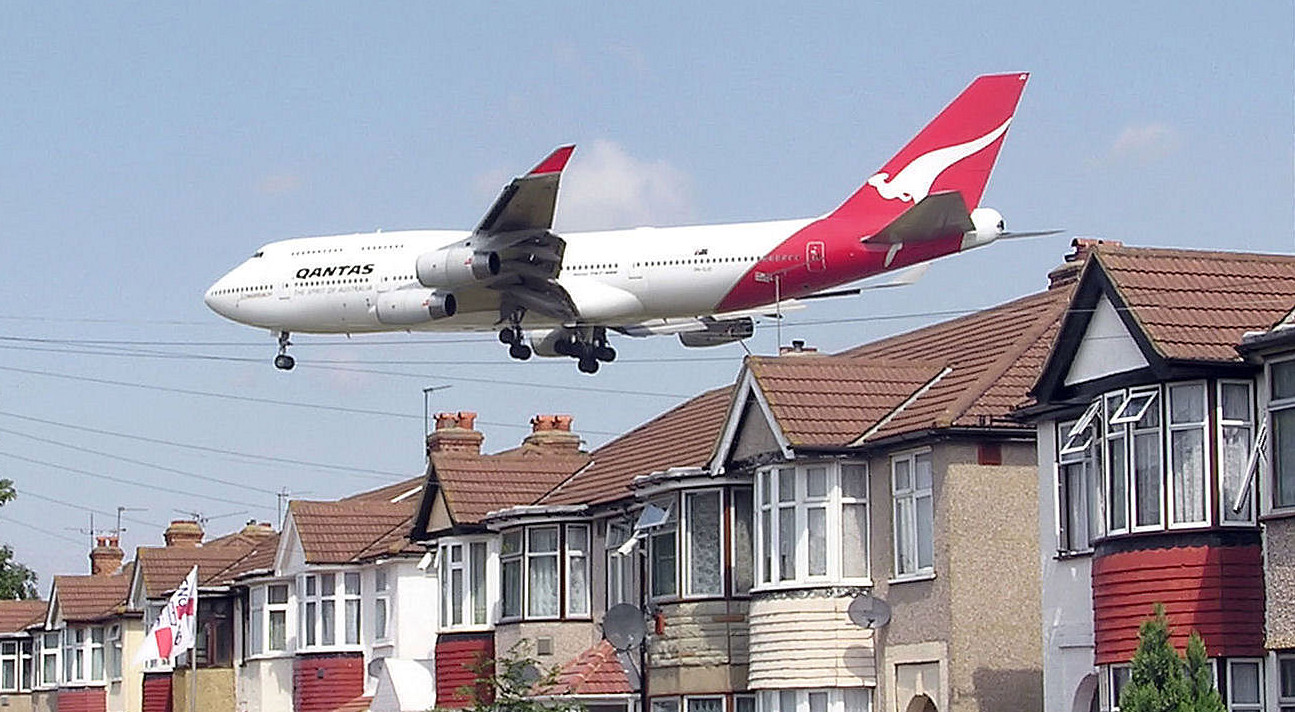The World Health Organization (WHO) has updated their recommendation on exposure to aircraft noise, but the datasets used are being questioned by our senior researcher Truls Gjestland.
støyplage
Akustiske størrelser, del 4: Avanserte størrelser
Så langt i denne serien har vi sett på hvordan desibel brukes til å beskrive styrken til lyder (Del 1), hvordan vi kan kompensere for at vi mennesker hører noen lydfrekvenser bedre enn andre (Del 2), og hvordan vi kan komme fram til desibeltall på lyder som varierer betydelig i tid (Del 3). Det vi har sett på så langt kan ses på som byggesteiner. Disse byggesteinene lar oss bygge opp de akustiske størrelsene som brukes i støyregelverk i Norge og andre land. I denne delen skal se nærmere på disse mer avanserte størrelsene, og hvordan de brukes til å definere sentrale begreper i støyregelverk, begreper som rød og gul sone.
Veitrafikkstøy – elefanten i rommet?
Oppdatering: Vi skrev også en kronikk om dette temaet, som ble trykket i Adresseavisa den 2. mai. Les den her!
Å bo nær trafikkerte veier øker risikoen for utvikling av demens! En studie fra Canada, nylig publisert i The Lancet, viser at en kombinasjon av luftforurensning og støyeksponering gir høyere risiko for utvikling av demens. Undersøkelsen viste at befolkning som bor nærmere enn 50 m fra en vei med mye trafikk, hadde 7 % høyere sannsynlighet for utvikling av demens, sammenlignet med de som bodde mer enn 300 m fra veien. Undersøkelsen bygger på mer enn 6,5 millioner mennesker. I tillegg til demens, økte også antallet med Parkinsons sykdom og multippel sklerose. Tidligere har WHO dokumentert at veitrafikkstøy over 55 dB gir økt risiko for hjerte/kar-sykdommer og utvikling av diabetes-2, spesielt knyttet til redusert søvnkvalitet. På samme måte som for luftforurensning, gir støyeksponering tapte friske leveår. På landsbasis har Folkehelseinstituttet anslått dette tallet til ca. 200 i Norge (2012), dvs. flere enn det antall som blir drept i trafikken hvert år.
Truls Gjestland, Fellow of the Acoustical Society of America
Our very own Truls Gjestland has been elected a Fellow of the Acoustical Society of America, by action of their Executive Council. This honour was bestowed on Truls due to the contributions that he has made throughout his career to research and standards development on transportation noise effects on communities.
The formal announcement and Fellowship certificate presentation will be made at the ASA meeting in Honolulu, on 30 November 2016.
ARC på NRK P2 for å snakke om stillhet
Sist lørdag tok programmet Ekko Helg på NRK P2 opp temaet stillhet. Som gjest hadde de filosof Kaja Melsom og vår egen Odd Pettersen. Både de filosofiske og de akustiske sidene av hva støy og stillhet gjør med oss ble dermed diskutert.
Du kan høre diskusjonen på NRKs nettsider, opptil seks måneder etter sending.
Bilde fra Microsoft Clip Art
Tolerance for aircraft noise remains unchanged
The annoyance response of different communities to aircraft noise has always been difficult to predict. However, in recent years, many studies report extremely high levels of annoyance for the given noise exposure levels. This has led to the belief that people are nowadays less tolerant to aircraft noise than they were a few decades ago.
We’ve looked at the results of 57 aircraft noise surveys conducted between 1961 and 2015, and found that people’s tolerance to aircraft noise hasn’t changed at all.
Predicting aircraft noise annoyance
Noise is, by its very definition, annoying. Intuitively, lots of noise is more annoying than noise that is barely audible. Therefore, the concept of «tolerance» is important: Given the noise situation, can we predict people’s annoyance with this noise?
To answer this question, we first need ways to quantify both annoyance and noise. Annoyance is an emotion, but that does not mean it is not measurable. Researchers have developed very specific questions and answer scales that allow for international comparison of people’s annoyance with specific types of noise.
Project: Aircraft noise annoyance in Norway
Aircraft noise unquestionably causes annoyance, but reactions to a given noise exposure vary wildly. The Norwegian Defence Estates Agency and SINTEF ICT Acoustics have teamed up to strengthen the connection between the aircraft noise situation and the annoyance response of airport neighbours.
For this purpose, we have assessed annoyance due to aircraft noise in Norway, by conducting noise annoyance surveys near five Norwegian airports. Respondents were asked about their annoyance from aircraft noise directly, but they also got questions that were more specific, like:
- When during the day are you most annoyed by aircraft noise?
- What kind of flight activities do you consider specifically annoying?
The aim of the research project is to use the obtained data to explain why respondents in different communities respond differently to the same noise dose.
